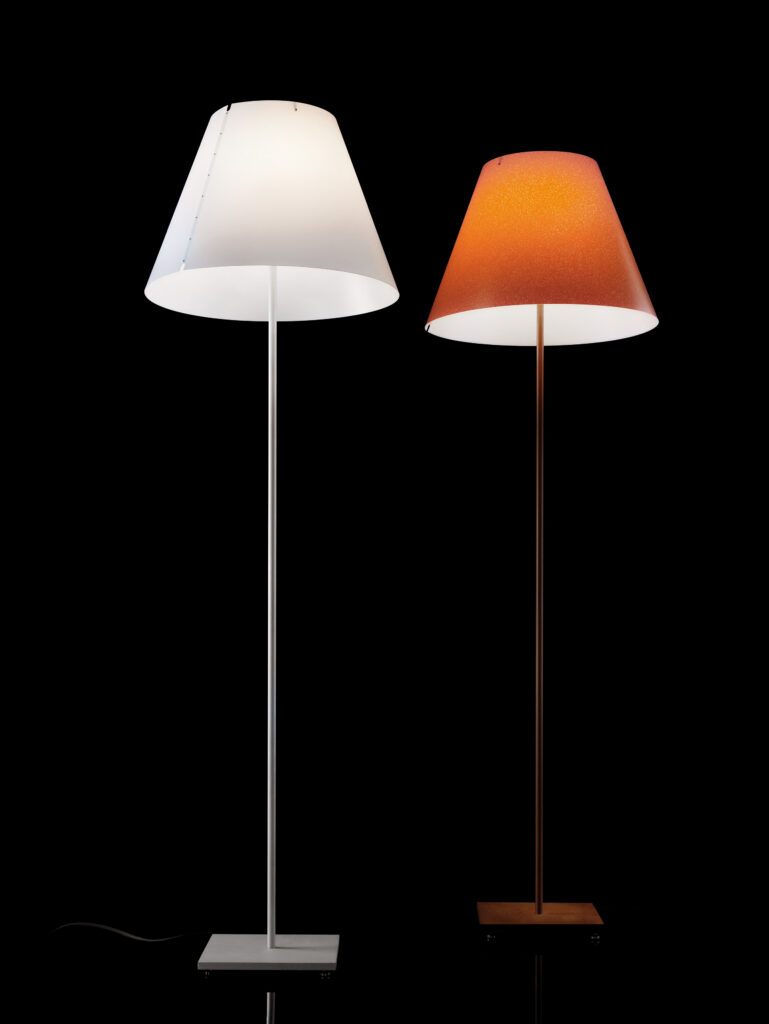Grande Costanza Open AirFloor
designed by Paolo Rizzatto
Grande Costanza Open Air is a perfect example of how a Luceplan product originally envisioned for interiors, with a few adaptations in terms of materials and finishes, can also live in hybrid indoor-outdoor spaces such as terraces, verandas and porches. A floor lamp for an “outdoor salon,” an image that has conserved its elegance and contemporary flair for over thirty years
Models
D13G.air
Grande Costanza Open Air

D13G.air
Grande Costanza Open Air
Main specifications
| Typology | Floor | ||||
|---|---|---|---|---|---|
| Application | Outdoor | ||||
| Material |
|
||||
| Finishes |
|
||||
| Dimensions (mm) | H 2210, D 21 | ||||
| Weight (kg) | 5.75 | ||||
| Light Source | LED E27, 205W HSGST E27 | ||||
| Insulation Class | I |









